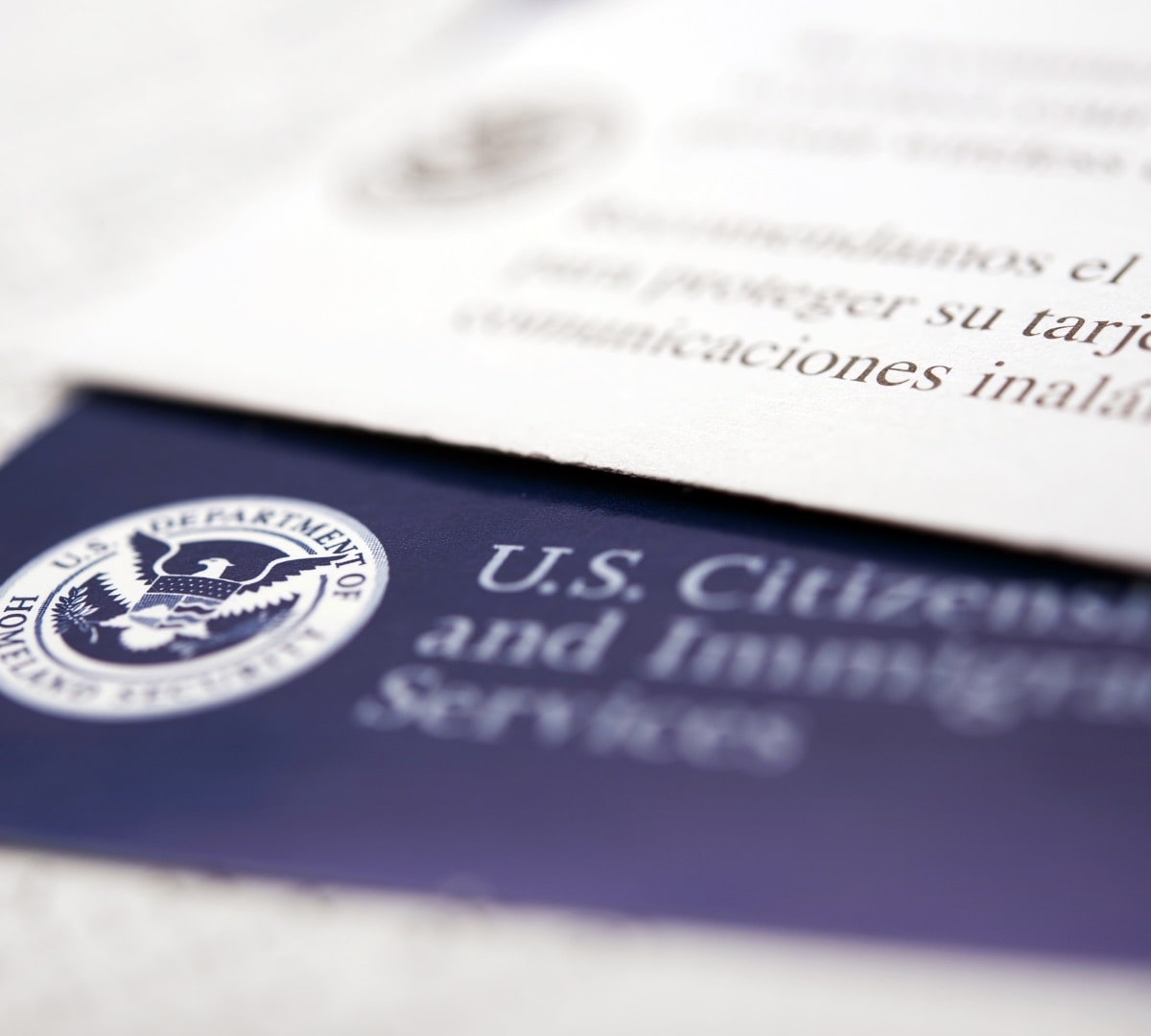
ICE isn’t just issuing more audits this year—it’s doing so with specific enforcement quotas. In 2025, federal field agents are under instruction to complete a minimum number of worksite inspections per quarter. If your business operates in a sanctuary city, high-risk industry, or non-E-Verify state, your chance of receiving a Notice of Inspection (NOI) just went up.
Here’s what HR teams need to know right now:
● Why ICE audit quotas exist (and what that means for you)
● How sanctuary city policies increase employer risk
● How to prepare for an inspection before it’s too late
In a memo circulated in Q1 2025, ICE field offices were directed to increase the volume of I-9 audits per region. While exact numbers are not public, employer investigations are reportedly up over 30% compared to last year.
These quotas aim to:
● Increase penalties collected from employers
● Deter the hiring of unauthorized workers
● Satisfy political expectations for immigration enforcement
Sanctuary cities are jurisdictions that limit their cooperation with federal immigration enforcement. They may restrict ICE access to employee records, deny the use of local law enforcement for immigration enforcement, or refuse to share arrest data.
Common examples of sanctuary cities in 2025 include:
● New York City, NY
● Chicago, IL
● Los Angeles, CA
● San Francisco, CA
● Austin, TX
For ICE, these cities present enforcement challenges at the government level—so employers become the next enforcement vector. Businesses operating in sanctuary jurisdictions are increasingly selected for audits as ICE shifts focus from public sector partnerships to private sector accountability.
“If your business operates in a sanctuary city, your onboarding and documentation procedures are under closer scrutiny than ever before.” — Alley Grey, Business Development Manager
ICE field offices are focusing audits on industries with historically higher risks of non-compliance, high-volume hiring, or seasonal and undocumented labor.
● Construction: Targeted because of on-site hiring practices, remote HR, and high turnover create documentation and audit gaps.
● Hospitality: Increasing enforcement due to seasonal surges and varied onboarding practices across properties raise compliance risk.
● Restaurants: Enforcement increased risks due to franchise models often lead to inconsistent I-9 processes and poor document tracking.
● Agriculture: Targeted due to migrant and seasonal workers lead to frequent re-verification issues and E-Verify errors.
● Staffing: Increasing scrutiny because of rapid placements, rehires, and fragmented documentation make compliance difficult.
Receiving an NOI triggers a 3-day deadline to produce:
● All I-9 forms (current + terminated staff)
● E-Verify records (if enrolled)
● Payroll and tax documents
● Hiring and onboarding policies
From there, ICE agents may visit your location, interview staff, and issue:
● Notices of Technical Violations
● Notices of Suspect Documents
● Notices of Intent to Fine (NIF)
1. Conduct an internal I-9 audit now
Start by reviewing all active I-9s for errors, expirations, and completeness. Related: How to Self-Audit Your I-9s
2. Unify and digitize I-9 processes
Stop relying on inconsistent paper processes across locations. Use a digital I-9 software to ensure centralized control and instant access.
3. Document your policies
If ICE shows up, being able to show your I-9 policy and training procedures can reduce liability. Use this free I-9 policy template to start.
4. Train hiring managers
Inconsistencies across locations or franchises are a red flag. Provide I-9 compliance training and support to standardize completion, storage, and reverification.
5. Schedule regular re-verification checks
Track expiring work authorizations and use automated alerts to complete Section 3 on time.
“ICE enforcement is no longer an “if”—it’s a ‘when.’ Employers who wait for a Notice of Inspection to take action are often the ones hit hardest. By preparing your I-9 compliance program now, you protect not only your workforce, but your business.” — Jed Butler, CEO
ICE audits in 2025 are faster, broader, and more aggressive—and no business is too small or compliant to be audited. Book a free strategy session with our compliance experts to:
● Identify your audit risk level
● Get a guided walkthrough of I-9 and E-Verify weaknesses
● Build a tailored plan that works across your locations and teams
Want to self-asses first? Try our I-9 Risk Calculator!